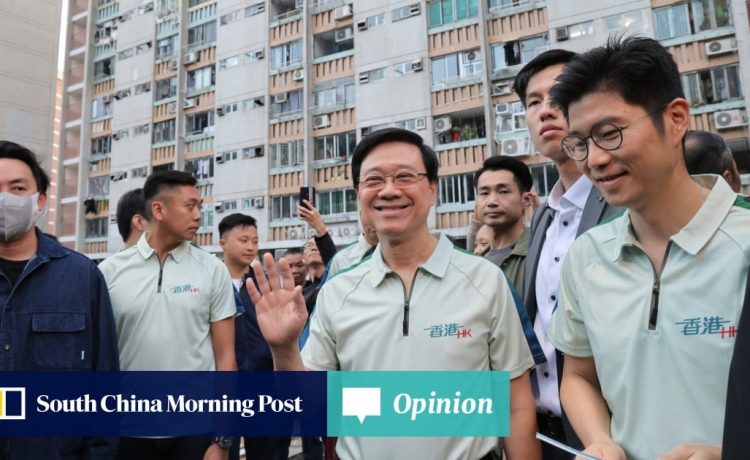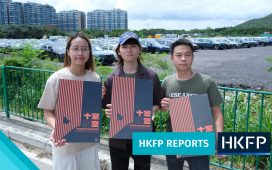A favourite expression of Hong Kong’s former chief secretary David Akers-Jones was: “Don’t let the best be the enemy of the good”. What he was trying to tell us junior administrators was that we should not let the search for perfection, which might take a long time, deter us from implementing something which could be done quickly if it would benefit people.
French philosopher Montesquieu is first credited with articulating the sentiment in his 1726 writings: “The best is the mortal enemy of the good”. Some put the origin even further back to Aristotle in ancient Greece.
There were also proposals on the minimum door and corridor width and ceiling height, and annual inspections for fire safety. The institute estimated that around 30 per cent of Hong Kong’s subdivided units – some 30,000 – were smaller than its recommendations.
For those not previously familiar with the situation, these are sobering numbers. There cannot be many subscribers of this newspaper with a kitchen and bathroom of less than 100 sq ft in total. The idea that such an area should include both of these facilities and living space is almost beyond comprehension.
For one person, let alone two or more (the average subdivided household is of two, after all), we have a picture of serious social deprivation. Small wonder Lee gave such a high priority to securing improvement. The situation did not start on his watch and obviously developed over many years, but at last we have a commitment to do something about it.
The task force will have its work cut out coming up with practical short-term measures. The surveyors’ recommendations are a good starting point from a professional perspective, but it is easy to foresee problems. For example, some premises will simply not lend themselves to physical adaptation to comply with the space, height and width requirements.
Making the corridor wider may involve reducing the living space. The plumbing may not support separate kitchen and bathroom facilities for each unit. What if the fire inspection finds the layout to be dangerous? Ruling any unit non-compliant for whatever reason is bound to render someone homeless.
The question is choosing what to do and what priority to give to the different options. In the long term, only a substantial increase in the housing stock is going to make a serious dent in the size of the problem.
Looking at the overall situation, we are planning for the best. But that has not stopped us from planning for a good interim solution. Lee is taking that a step further and trying to find a good interim solution to the interim solution. David would be very pleased.
Mike Rowse is an independent commentator








